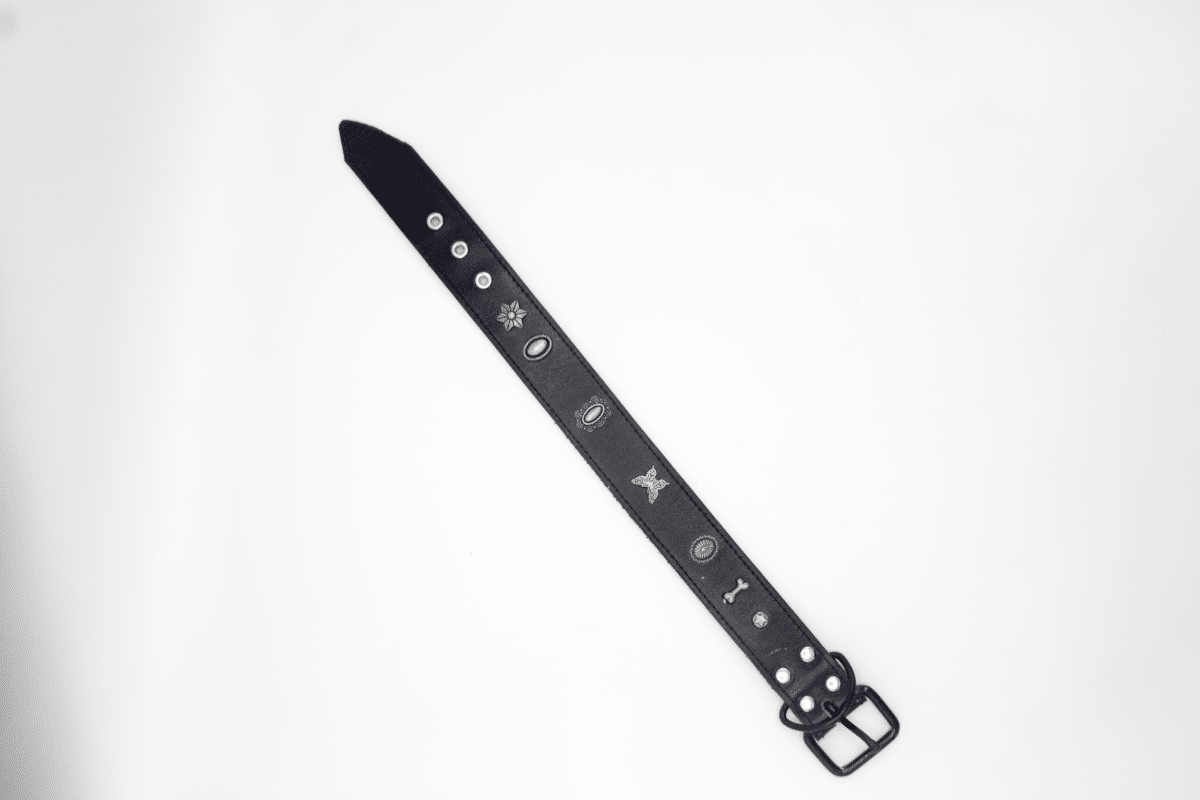No products in the cart.
News
How tight should the dog collar be?
It can be difficult to determine just how tight a dog collar should be, as each pet is different and will react differently to being restrained. However, following some simple guidelines can help. How tight should the dog collar be?
Types of Collars
There are a few types of collars available on the market, each with its advantages and disadvantages. Here is a summary of the three most common collars: choke collar and leash collar.
Choke Collars:
A choke collar is designed to keep your dog safe by preventing them from breathing. They work by suspending a tight fit around the dog’s neck, which can be adjusted depending on your dog’s size and weight. The advantage of using a choke collar is that it is very effective at preventing your dog from escaping and can be used in emergencies if needed. However, they can be very uncomfortable for your dog and should only be used as a last resort.
Leash & Collars:
A leash collar is similar to a choke collar in that it has a tight fit around the dog’s neck, but the difference is that the leash attaches directly to the dog’s waist or chest. This collar is perfect for everyday use because it keeps your dog close by but doesn’t cause as much discomfort as a choke collar. Like choke collars, leashes can also be used in emergencies if needed.
How to Fit a Dog Lead?
When fitting a new lead for your dog, it is important to ensure that the collar is tight enough to keep its head up but not so tight as to restrict breathing. A good rule of thumb is that the collar should fit snugly enough so that when the dog pulls hard on the lead, they are unable to lift its head more than an inch off the ground.
To fit a new lead, measure the lead’s length from the tip of the collar to the dog’s chest and then make a small hole in one end of the lead. Slip the lead through the hole and tighten the collar around the dog’s neck. Make sure there is enough slack in the lead to move the doghead freely.
How to Tighten a Dog Collar?
When it comes to dog collars, the question of how tight to make the collar is often asked. The answer, unfortunately, varies from one dog to the next. Here are a few general tips on how to tighten a dog collar:
1-If your dog’s neck size falls within the range the collar was designed for, then leaving it as is should be fine. If you have a large or small-necked dog, you may need to adjust the collar accordingly.
2-If your dog tends to pull or tug on his leash, you may need to tighten the collar more. This is especially true if there is a lot of slack in the leash or your dog tends to pull away from you when trotting.
3-If your dog has a habit of chewing on things (like trees or fenceposts), you will need to tighten the collar so that he cannot reach the objects he is chewing on.
4-Finally, if your dog becomes aggressive or protective when wearing a leash and/or collar, you may need to loosen the collar slightly so that he can feel more comfortable wearing it.
Overall, it is important to remember that each dog is different, and the amount of tension needed to properly adjust a collar will vary from one individual dog to the next.
When is it Necessary to Tighten a Dog Collar?
There is no set answer regarding how tight a dog collar should be, as this depends on the individual dog and its size. However, generally speaking, if the dog’s neck is thicker than the collar itself, the collar should be tightened. Additionally, if there are any signs that the collar is not fitting properly (i.e., if it is slipping off the dog’s neck), it should be adjusted.
Always consult your veterinarian before making any changes to a dog’s collar or leash.
Conclusion
There is no one answer to this question, as the tightness of a dog collar depends on many factors, including the size and weight of your dog, the type of collar you are using, and your personal comfort level. Generally speaking. However, it is advisable to keep the collar around the neck snug but not so tight that it causes discomfort or restricts breathing.


